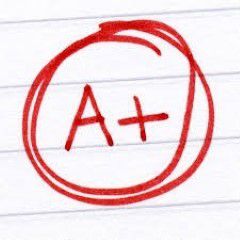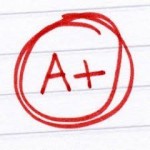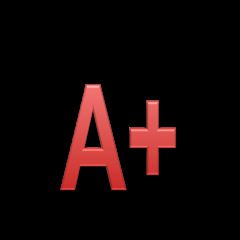PSYC 355 SPSS Homework 3 One Way ANOVA Complete Solution
SPSS Homework 3 Instructions
One-Way ANOVA
Part 1:
Green & Salkind: Lesson 25, Exercises 1–3
The following helpful tips are numbered to correspond with the exercise number to which they refer (a dash indicates that no tips are needed):
- Use Tukey’s test as the post hoc test for ANOVAs in PSYC 355. Be sure to check this box when you run analyses. For letters a–d, instead of identifying these values on your output, as the text states, write them into your Word file as written answers for #1 a, b, c, and d. (2 pts for output and 2 pts each for a–d)
- ---------- (3 pts)
- Remember to put your dependent variable in the “variable” box, and your independent, or grouping, variables in the “category axis” box. (3 pts)
Part 2:
- Twenty-four adults who have been diagnosed with social anxiety disorder are randomly assigned to one of 3 group therapy conditions in order to improve their social skills: manualized cognitive-behavioral therapy (MCBT), non-manualized cognitive-behavioral therapy (NMCBT), and talk therapy (T). Following two months of therapy, the participants are assessed on a standardized measure of social skills. On this instrument, scores range from 0–45, and higher scores indicate better or improved social skills, while lower scores indicate social skills that need improvement. These scores are shown in the table below. Conduct a one-way ANOVA to determine how effective these 3 therapy conditions are at improving social skills.
The steps will be the same as the ones you have been practicing in Part 1 of the assignment—the only difference is that you are now responsible for creating the data file as well. Remember to name and define your variables under the “Variable View,” then return to the “Data View” to enter the data. (3)
|
MCBT |
29, 32, 26, 33, 32, 37, 30, 38
|
|
NMCBT |
31, 30, 28, 26, 31, 27, 29, 27
|
|
T |
25, 20, 24, 26, 26, 30, 27, 25
|
- What is the F ratio for the therapy group main effect? (3)
- What is the effect size for the overall effect of therapy type on social skills scores? According to general conventions, is this effect small, medium, or large? (3)
- Write a current APA-style Results section based on your analyses. All homework “Results sections” must follow the example given in the SPSS tutorials and the Course Content document “Writing Results of Statistical Tests in APA Format” (note: you do not have to refer to a figure). Remember to include a decision about the null hypothesis. (3)
Part 3: Cumulative Homework
1. A researcher wanted to investigate whether there was a difference in satisfaction ratings in an assisted living facility between residents who had a plant to take care of vs. those who did not have a plant. Due to relocations during the study, 3 participants were dropped from the “No Plant” group. The researcher then administered a scale asking them to rate their overall satisfaction with the facility. Did having a plant have an impact on the residents’ overall satisfaction levels? Choose the correct test to analyze this question, set up the SPSS file, and run the analysis. Follow the directions under the table below (on next page).
|
Plant |
47 42 35 46 49 39 40 46 52 40
|
|
No Plant |
30 25 24 42 28 25 40
|
- Paste appropriate SPSS output. (4)
- Paste appropriate SPSS graph. (4)
- Write a current APA-style Results section based on your analyses. All homework “Results sections” must follow the example given in the SPSS tutorials and the Course Content document “Writing Results of Statistical Tests in APA Format” (note: you do not have to refer to a figure). Remember to include a decision about the null hypothesis. (4)
This assignment is due by 11:59 p.m. (ET) on Monday of Module/Week 3.
PSYC 355 SPSS Homework 3 One-Way ANOVA Complete Solution
Effect-size: η 2 = Between-Groups Sum of Squares / Total Sum of Squares...





Studyacer
Senior JournalistSell Your Solution Report Solution Support Center
Online Users
-
 Studyacer
Today
Studyacer
Today





A+ - Thank you!
Thanks for the positive feedback!